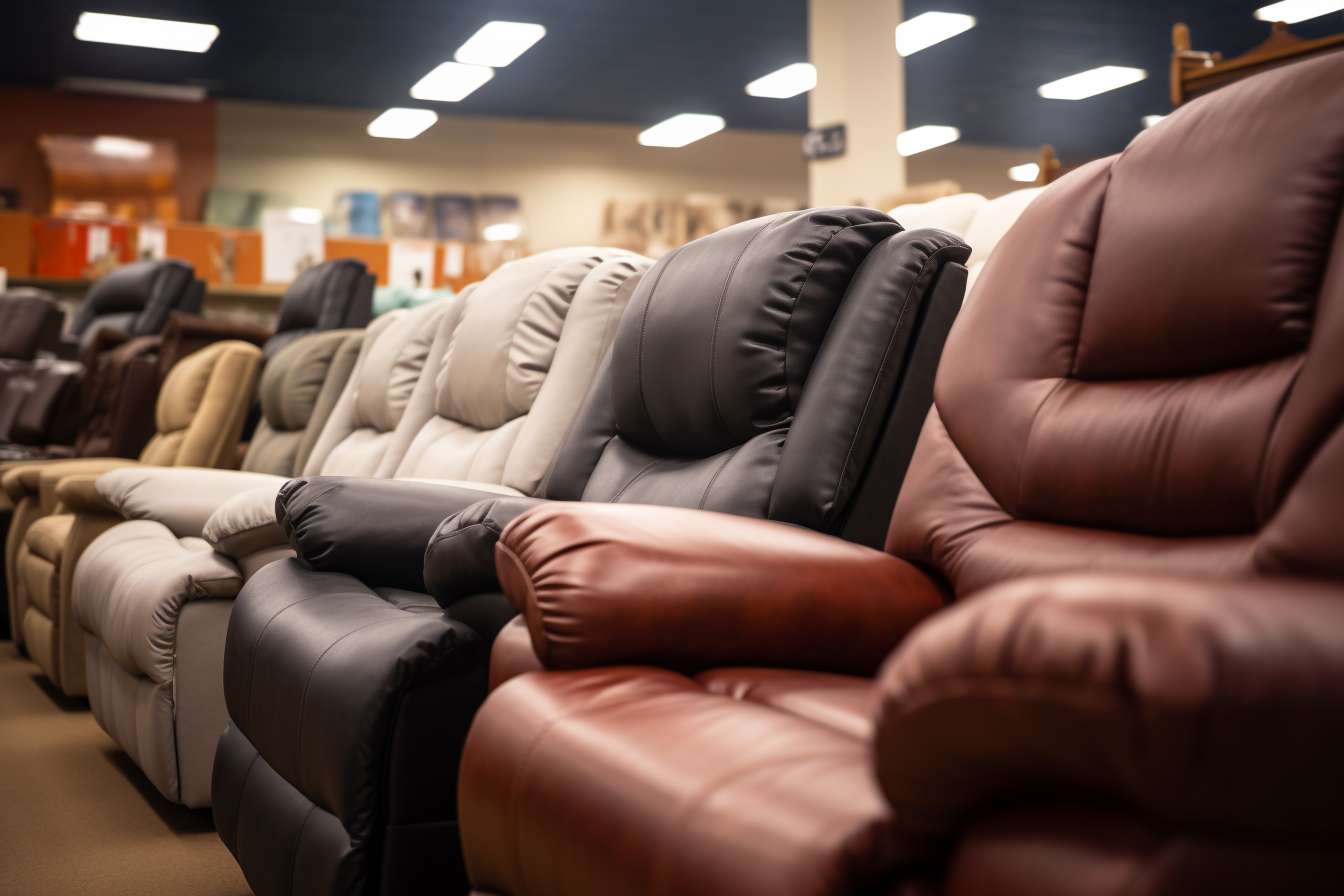Choosing a Dining Room Set: Table, Chairs, Furniture Guide
A dining room set brings together function and style for one of the home’s most used spaces. Choosing the right combination of table, chairs, and complementary furniture affects comfort, traffic flow, and the overall look of your dining room. This guide walks through practical considerations to help you select a dining set that fits your space, lifestyle, and design goals.

Choosing a dining set
A dining set usually includes a table and matching chairs, sometimes with additional pieces like a bench or buffet. When selecting a set, start by assessing how you use the space: daily family meals, formal entertaining, or a multiuse area that doubles as a workspace. Materials, finish, and construction quality should match expected wear and cleaning needs—solid hardwood lasts longer than particleboard, while veneers can offer budget-friendly durability. Consider scale: a visually heavy set can overwhelm a small room.
Look beyond visual match. Think about seat height, table clearance, and ease of maintenance. Removable cushions or stain-resistant fabrics can extend a set’s usable life in households with children or pets. If you expect changes in household size or seating needs, modular sets or tables with extensions allow flexibility without replacing the whole ensemble.
Finding the right table
Table shape and size are key to both aesthetics and function. Rectangular tables suit long rooms and formal layouts; round or oval tables improve flow in smaller or square rooms and can make conversation easier. Measure your dining room and leave at least 90–100 cm (36–40 inches) of clearance around the table for comfortable movement and chair pulling.
Different materials create different atmospheres: solid wood offers warmth and durability, glass tops create a lighter visual footprint, and metal or laminate options can be easier to maintain. Consider the table’s base too—pedestal bases save legroom, while four legs require planning to ensure chairs fit comfortably. If you host occasionally, a table with leaf extensions can expand seating when needed without occupying permanent space.
Selecting chairs for comfort and style
Comfortable chairs encourage longer meals and relaxed gatherings. Look for chairs with supportive backrests, appropriate seat depth, and a seat height compatible with your table (standard table height is about 76 cm or 30 inches; typical chair seat height is 45–48 cm or 18–19 inches). Upholstered seats add comfort but require attention to fabric durability and cleaning methods.
Style should complement the table and remaining furniture without matching too literally unless you prefer a uniform look. Mixing chair styles around a table can add personality while maintaining cohesion through color, material, or scale. Test chairs in person when possible; what looks comfortable in photos may feel different once seated.
Matching other furniture and storage
A cohesive dining room often includes storage or display furniture such as sideboards, buffets, or china cabinets. These pieces should align in scale and finish with your table and chairs to create visual balance. Storage provides practical benefits—serving ware, linens, and extra table settings can be tucked away to reduce clutter and keep the dining area functional for multiple uses.
Think about open shelving or a slim console if you lack space for a full buffet. Lighting and wall treatments also interact with furniture choices: a chandelier or pendant centered over the table anchors the arrangement, while a mirror or artwork can enhance depth and ambiance. Durable finishes and protective pads under furniture legs help avoid floor damage and prolong the look of both furniture and flooring.
Planning your dining room layout
A successful layout balances circulation, focal points, and intended use. Start with accurate room measurements and a scaled floor plan to test different table sizes and orientations. Position the table so it’s centered under the main light source and leaves clear pathways to entryways. Keep at least 90–100 cm of clearance around the table edges for chair movement and serving.
Consider flexible seating options for multifunctional rooms: benches slide under tables when not in use, and stackable or folding chairs can increase capacity for guests without permanent clutter. For open-plan living, define the dining area with a rug sized to accommodate chairs when pulled out, or use furniture arrangement and lighting to create a distinct zone without physical barriers.
Conclusion
Selecting a dining room set involves practical measurement, attention to comfort, and choices about materials and style that reflect how you use the space. Prioritize durable construction and appropriate scale, and consider flexible elements—extensions, mixed seating, or modular storage—to adapt to changing needs. Thoughtful planning of table, chairs, and additional furniture will result in a dining room that supports everyday life and occasional entertaining while fitting your home’s design.






